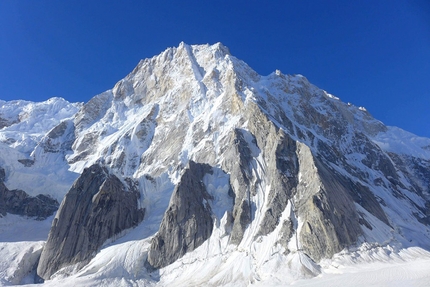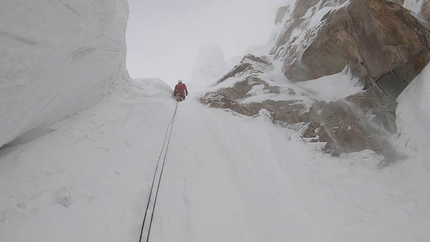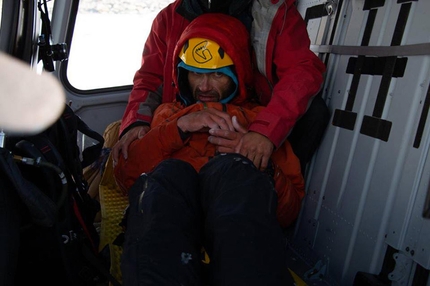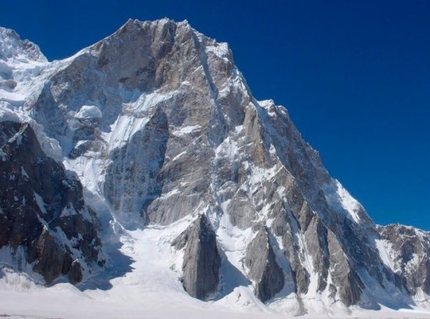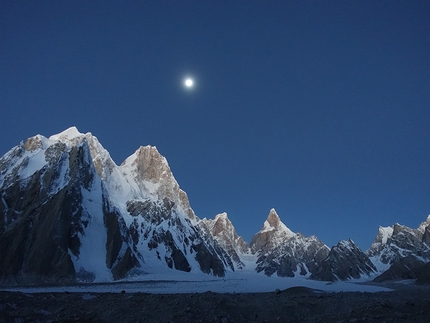Latok I. The Aleš Česen interview
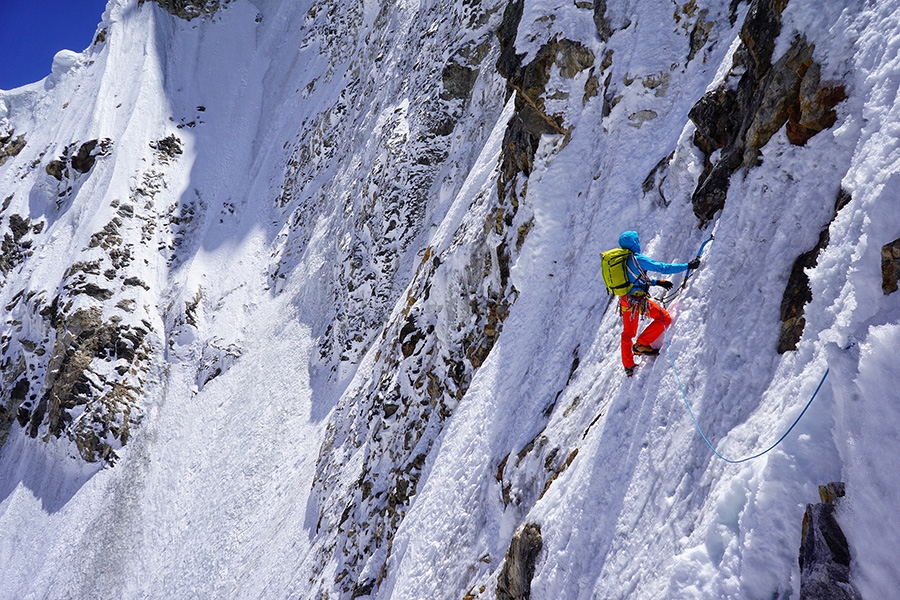
 1 / 17
1 / 17 Tom Livingstone
Tom Livingstone
As reported last month, in mid-August Slovenian alpinists Aleš Česen and Luka Stražar and Britain’s Tom Livingstone successfully climbed Latok I (Karakorum - Pakistan), just a few days after the tragic death of Russian mountaineer Sergey Glazunov and the rescue of his climbing partner Alexander Gukov from 6200 meters on the famous North Ridge of Latok.
Česen, Livingstone and Stražar first ascended via the North Ridge, then abandoned this at circa 2/3 height to climb rightwards towards the col. From here they continued to the summit via the mountain’s south face.
Following the summit euphoria planetmountain.com, along with many other media outlets, erroneously reported that the trio had followed the entire North Ridge, known as one of the last major problems in the Karakorum and the Himalayas. This interview therefore provides details about the ascent of Česen, Stražar and Livingstone which must be remembered for what it is: a formidable intuition and effort, and only the second ascent of the mountain, after the first carried out in 1979 fro the south by a Japanese expedition led by Naoki Takada.
Aleš, when you arrived you were greeted with the emergency. Not an ideal way to start such a big undertaking…
Actually when we arrived in base camp it was Gukov's and Glazunov's first day of climbing on the ridge. We continued our acclimatisation process exactly as planned. By the time the accident happened we were already down from our second and last acclimatisation ascent from Baitha Kabata. Of course we were affected by the grim situation and tried to support the other Russian team at base camp who were dealing with the rescue organisation. Frankly speaking, there was not much we could help anyway.
How did the Russian tragedy affect your climbing?
Of course we were stressed by the situation and it wasn't easy to witness the helicopter rescue attempts in such bad weather. After Gukov was rescued, we waited for a few days. We needed this time not only for conditions on the face to recover from the heavy snow fall, but also for our minds to settle and to get the real motivation back again.
What can you tell us about your ascent of Latok 1? How was the climbing? And did things go according to plan?
We had around 6 to 7 days worth of food and gas, basic rock equipment (a set of cams, nuts, and few pitons), around 8 ice screws, 2 half ropes, bivy equipment including a tent and that was basically it. In the beginning, our backpacks weighed around 17kg, but got a bit lighter every day. The ice and snow conditions on the climb were surprisingly good. Of course, now and then we came across some bad quality snow, especially on the upper part, but in general it really wasn't too bad. As is normal for a face at such altitude and of such a scale, technically the climbing was never at the limit, but the length and exposure were the difficult things to deal with. We paid a lot of attention to our climbing tactics. For instance, we climbed the most exposed section at night in order to avoid high temperatures.
Did you simul-climb or solo much?
We soloed a few hundreds meters on the beginning, later we were roped all the way but did some simul-climb with running belays between us.
At what point did you decide to leave the ridge? Was this planned before starting climbing?
We left the ridge between 6350m and 6400m. This altitude is not a precise measurement, purely an estimation. Nothing particular happened that forced us to leave the ridge, we’d planned to do so all along, even before leaving home. The line we climbed seemed to us the most logical and safest line of ascent from the Choktoi glacier. Before departing on our expedition we also discussed this option with Luka Lindič, who attempted Latok with Luka Kranjc in 2015. They had also planned roughly this line and we basically adopted their idea. So the entire North Ridge was never our first plan, but only an option which was never even discussed seriously.
From the col you then moved onto the South Face. What did you know about this aspect of the mountain?
We did not know much about the South Face. We had one distant photo of it and had a rough idea about where we would have to go. But we were not sure until we got there. Luckily, on the day we reached the south face we had totally clear weather and we could see clearly where to go and were the summit was. On the summit we were happy, of course, but we did not feel victorious. We all knew that the most dangerous part of the whole climb was still ahead of us.
So what about the descent?
After the summit we descended to the tent we’d left below the rocky pillar, circa 350m below the summit. During the next morning we down-climbed the traverse back to the west col (the col between Latok I and Latok II) and started rappelling down the north face to where we had made our third bivy on the way up (circa 6500m), which we reached a couple of hours before noon. The traverse that leads to the North Ridge is exposed to the sun in the afternoon and we certainly didn’t want to get caught there. The temperatures were not as high as during the acclimatising phase, but nevertheless still too high. So we waited until 8pm before continuing with our descent through the following night. We returned to our first bivouac (circa 5450m) a few minutes before sunrise. We rested for three hours or so before continuing down the final rocky ridge and reached BC at around 6pm that day. The night part of descent (between 6500m and 5450m) was really difficult. The main issue was of course not getting lost and at this point I’d like to highlight that Luka did a superb job leading this part of descent.
Compared to your previous climbs, how easy or difficult was this?
We all know it is almost impossible to compare different ascents, every climb has it's own story. We gave the climb an overall grade of ED+, but this says nothing. Psychologically it was difficult, because from above 6400m, where we turned right towards the col, there was no safe retreat had the weather turned bad. Physically of course it was difficult because it was long, on the last days we started to feel the lack of calorie intake during the climb. The ascent was a full 7 days long, and on average, we ate around 1100 kcal of food per day
In the euphoria after the ascent, many - including planetmountain.com for which we apologise - reported incorrectly that the entire ridge had been climbed. In many ways this is a sign of the times. What are your thoughts about this?
I guess it is partly also our fault for this confusion. We sent a very brief text message to the Slovenian Alpine Association saying no more than that we’d got to the summit from the north and reached BC safely. Our only intention was to tell them that we were safe and sound in base camp, nothing else. We didn’t think about the obvious thing, that they would publish it. Our mistake. Our first message should have been a bit more informative.
Ales, now that you’ve seen it from so close, do you think you will ever return for the true north ridge?
Very unlikely. There are so many other as interesting problems out there. I will not live long enough to see half the mountains I want to, let alone try them!
Links: FB Aleš Česen, cesen.com



 Copia link
Copia link

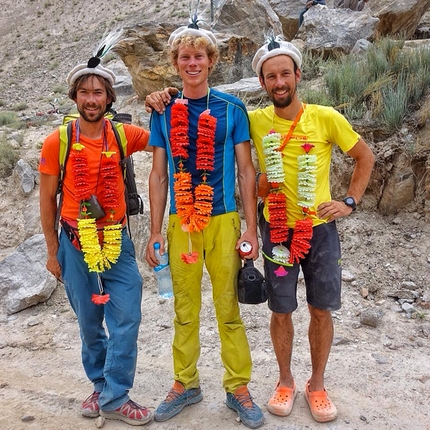
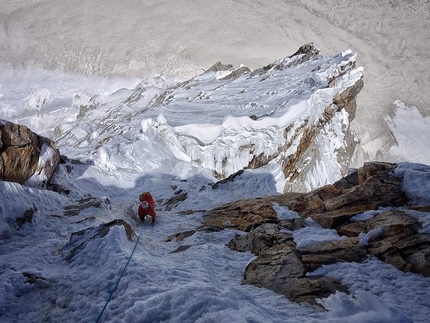
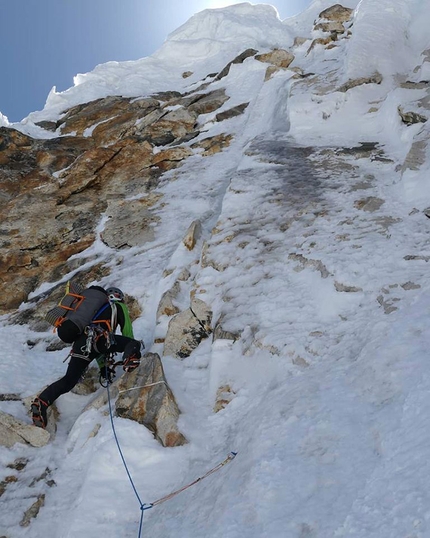
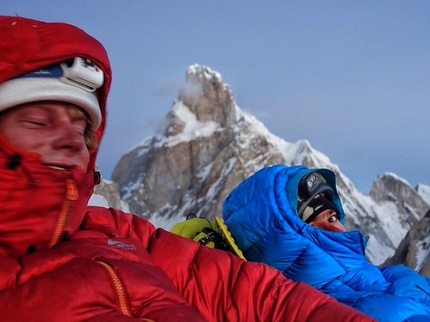
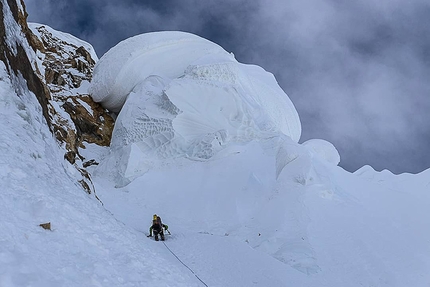
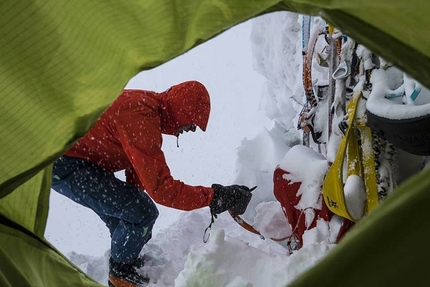
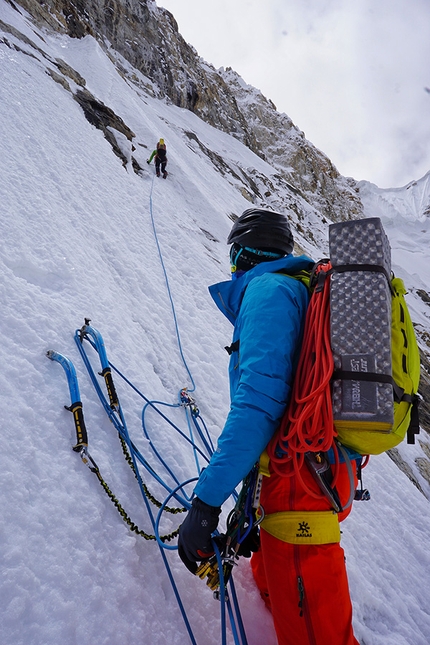
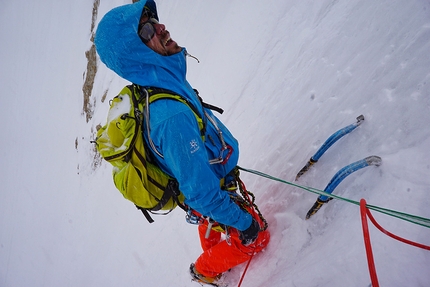
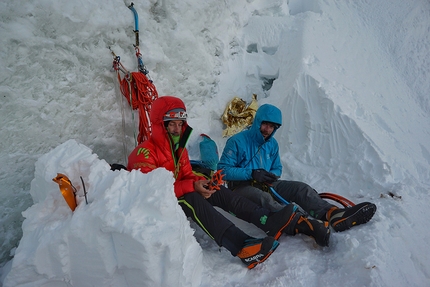
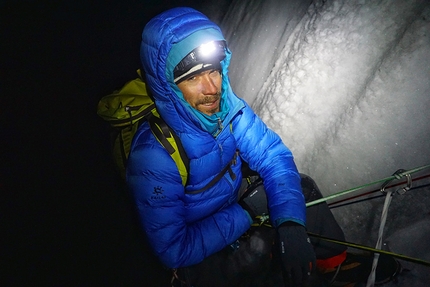
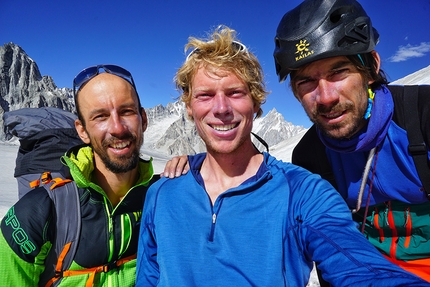
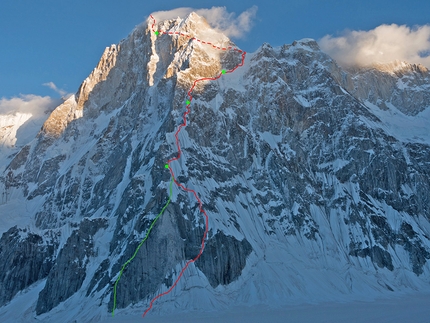
 See all photos
See all photos